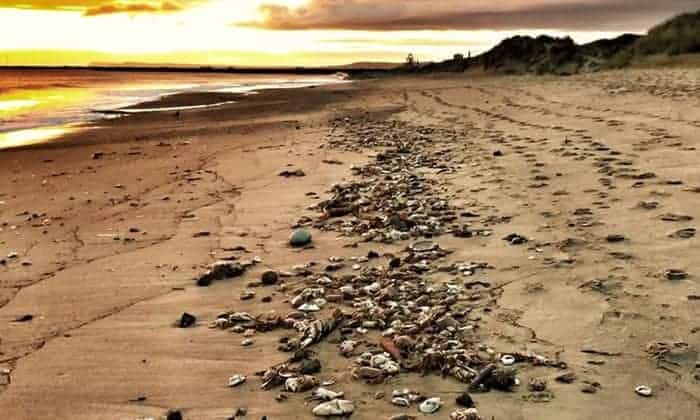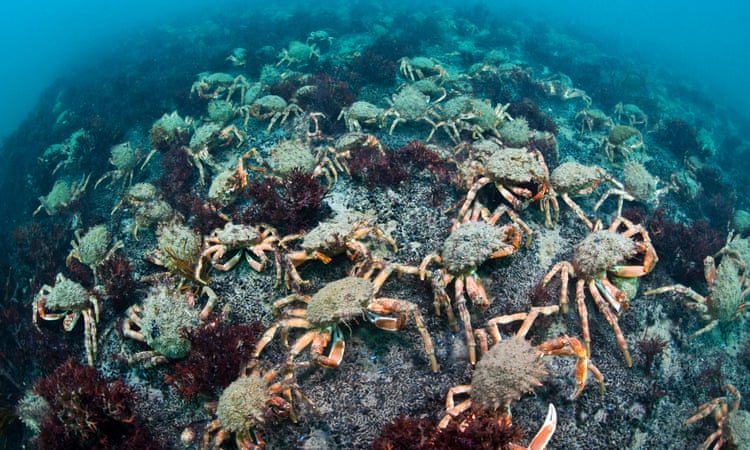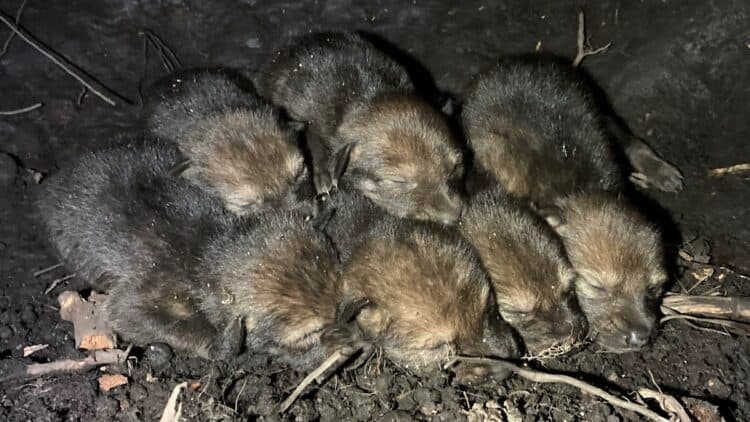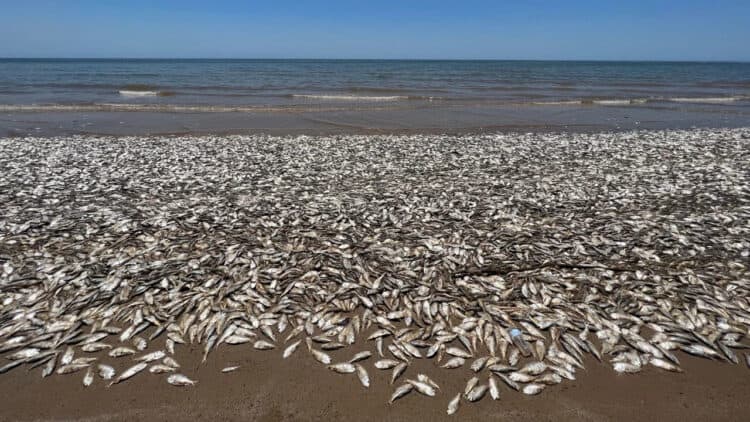An investigation is under way into why thousands of dead crabs and lobsters are washing up on the Tees estuary and neighbouring north-east beaches in recent weeks.
Countless crustaceans have been found, with Marske and Saltburn said to be experiencing particularly high numbers, and the first sightings reported in early October in Seaton Carew, Redcar and farther north in Seaham.
The Conservative MP for Redcar, Jacob Young, has raised the matter with ministers. It was “deeply worrying that this seems to be continuing on our coastline”, he told the Northern Echo.
The former Redcar MP Anna Turley tweeted: “What is going on? This is getting apocalyptic.”
One resident, Carl Clyne, first spotted scores of dead crabs on Seaton Carew beach in early October, telling the Hartlepool Mail: “There were dead crabs in every rock pool and quite a lot of them along the waterline among the seaweed.”
People living in Marske described the beach scene this week as the worst they had seen, with piles of dead and decaying creatures, as well as live ones, mixed with seaweed, ChronicleLive reported. Some residents spent hours trying to return live creatures to the water.
While environmentalists have voiced concerns about the ecosystem, the local fishing industry has reported a 95% decline in the lobster and crab catch, according to ITV News Tyne Tees.
In a statement, the Environment Agency (EA) said it was working with the Centre for Environment, Fisheries and Aquaculture Science (CEFAS) and the North Eastern Inshore Fisheries and Conservation Authority to try to establish the reason.
“Samples of water, sediment, mussel and crab have been collected and are being sent to our labs for analysis to consider whether a pollution incident could have contributed to the deaths of the animals,” a spokesperson said. “We have also shared samples with CEFAS labs for disease analysis.”
A cause has not yet been determined. Large mortality events can be caused by localised pollution and unusual weather events such as large storms, as well as disease outbreaks.
The EA believes there is no evidence at this stage to link the crab deaths with recent strandings of marine mammals and seabirds across the UK and neighbouring countries.
A sea life pathologist at Teesside University, Dr Jamie Bojko, this month told ITV News Tyne Tees he believed that one event was likely to be the cause. “My best guess at the moment would be that it’s something that’s a singular event, especially since we’ve seen so many individuals turn up all at once,” he said.
CEFAS has said investigations are ongoing, but that at this time there is no information to explain the deaths.
Research suggests subsea power cables can interfere with crab behaviour. Responding to suggestions that a new interconnector cable from Northumberland to Norway may be responsible, the National Grid said in a statement it was not aware of such cables harming crabs, as they were well buried in the seabed, made of steel and unlikely to be broken by wildlife.
This article by Caroline Davies was first published by The Guardian on 29 October 2021. Lead Image: Dead crabs on the beach at Seaton Carew. Photograph: Paul Grainger/PA.
What you can do
Support ‘Fighting for Wildlife’ by donating as little as $1 – It only takes a minute. Thank you.
Fighting for Wildlife supports approved wildlife conservation organizations, which spend at least 80 percent of the money they raise on actual fieldwork, rather than administration and fundraising. When making a donation you can designate for which type of initiative it should be used – wildlife, oceans, forests or climate.






Leave a Reply